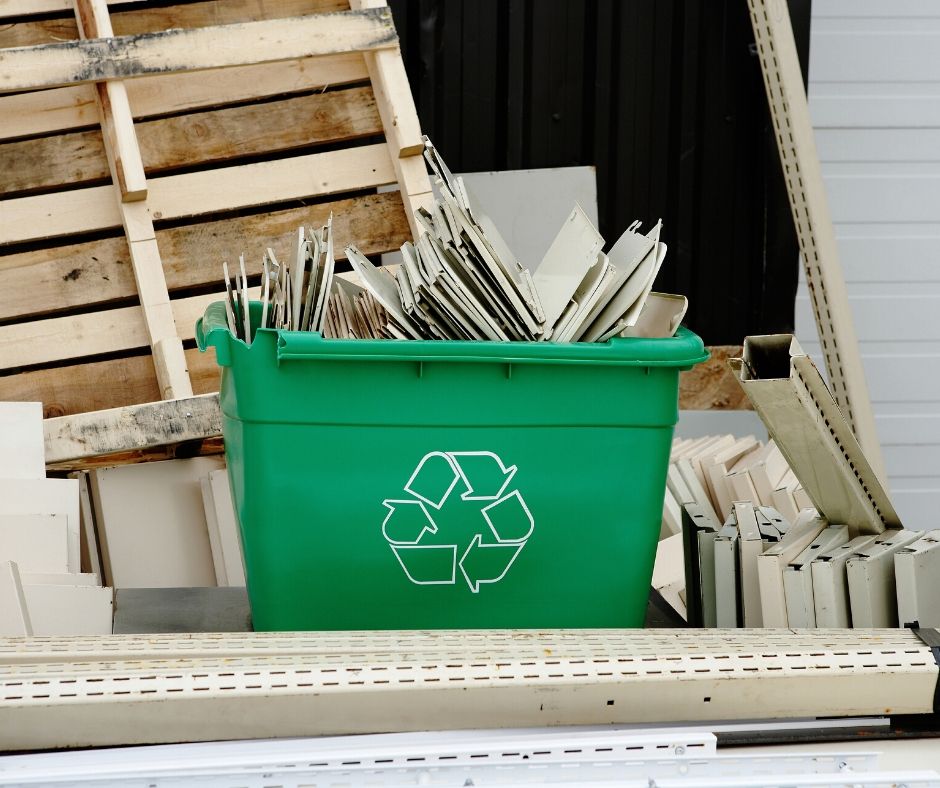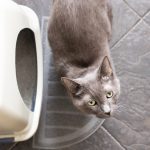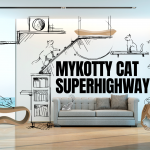How many times you racked your brain thinking where to throw out a used scratcher, litter or food packaging? Manufacturers often don’t make these decisions easy for us, offering products made of materials that are difficult to clearly classify when they become waste. So how to segregate and how to minimize consumption to consciously take care of the environment and add your brick to reduce planet pollution? We decided to make a real make life easier guide, for fabCats and all pet caretakers.
We’re crazy about ecology as much as about cats. From the very beginning (the brand is over 8 years old!) designing and production processes are including eco-friendly solutions. Caring for the natural environment is one of our priorities, so we use a corrugated cardboard as the main material for scratchers, fabrics without synthetic admixtures, we also chose a small, local craft factory, where we focused on manual production.
More about our eco-friendly philosophy:
We designed long life products and thanks to that, we effectively reduce amount of waste (it’s simple – our used scratchers and beds go to the trash less often than single-use, bad quality substitutes). But there’s also a group of pet products where such restrictions cannot be applied.
Good segregation is the key
Having a pet at home is a big responsibility, both for a pet and for what we buy, and then how we utilize it. The range of products for animals is extremely wide and applies to both food and hygiene products, as well as the rest of the range of sometimes completely unnecessary gadgets that we didn’t have to buy, but we did it to make our pet happy. Because there’s so much of it, we decided to make things a little easier and gathered everything in the form of a convenient table that catalogs the most popular products for the cat (and not only! Many of these categories also apply to dogs and other pets).
Check it Waste classification
As we can see, most of the materials and packaging that apply to animal products fall into the municipal waste category. Knowing how to segregate and utilize individual products, it will be easy to properly dispose of waste, and thus take care of the environment. The recycling aspect will also be extremely important here – if the packaging or product has a PET inscription, it means that the material will be able to be recycled and gain a second life if you put it in the appropriate container.
Recycling – a process leading to the recovery and reuse of municipal waste. Its basis is proper waste selection.
Problematic waste utilization
Pet caring also involves the generation of waste, which can be difficult to classify. Medical waste, which we can’t just throw into a general container, will certainly be problematic. Even empty and used medicine containers should be sent to dedicated collection points (check in your area, in clinics and pharmacies), dressings are a category of hazardous waste, so they must be thrown into hazardous waste containers, just like used needles and syringes. If we don’t have such a container, we should look for special points for selective municipal waste collection, which are obliged to accept, among others medical waste. Needless electronic devices that helped in caring for the animal, such as automatic feeders or smart litter boxes, will also be problematic – in the case of such waste, which in addition to the mechanical parts inside is usually also associated with a large size, a visit to a dedicated collection point will be a fine solution.
Don’t throw it out – reuse it!
This practical approach is a great way to reduce the amount of waste, although there is one more advantage – by acting in this way we can vent our creativity. We can successfully use the scratcher’s cardboard box to play with the cat. Curious furry will gladly have fun in the space arranged by us. From cardboard, we can easily make a “cat’s house” or a functional toy, and only our imagination will become a limitation here. When cat got bored, the toy can be easily thrown away in the waste bin without any regret.

Fun fact: the paper is decomposing within 2 to 4 weeks.
Second hand – second life
If you read our blog and follow myKotty’s Facebook fanpage, you know that the idea of zero waste is very close to us – that’s why we want to educate others in the field of waste management, encouraging to do “something out of nothing” and consume less. Therefore, at the end of this text, we have a request for you, which at the same time is a kind of manifesto and sounds “instead of throwing away, give“. If you have a toy or a blanket that the cat will no longer use, and the condition of these things allows for further use, instead of throwing away just pass it on. Many shelters will gladly accept second-hand items, and you will make next cat in your life happy.
We value your comments and opinions. If you think this article has been helpful, share the link with other fabCats. However, if you would like to add something, let us know in comments – we will complete the text or make another part to include additional issues.




